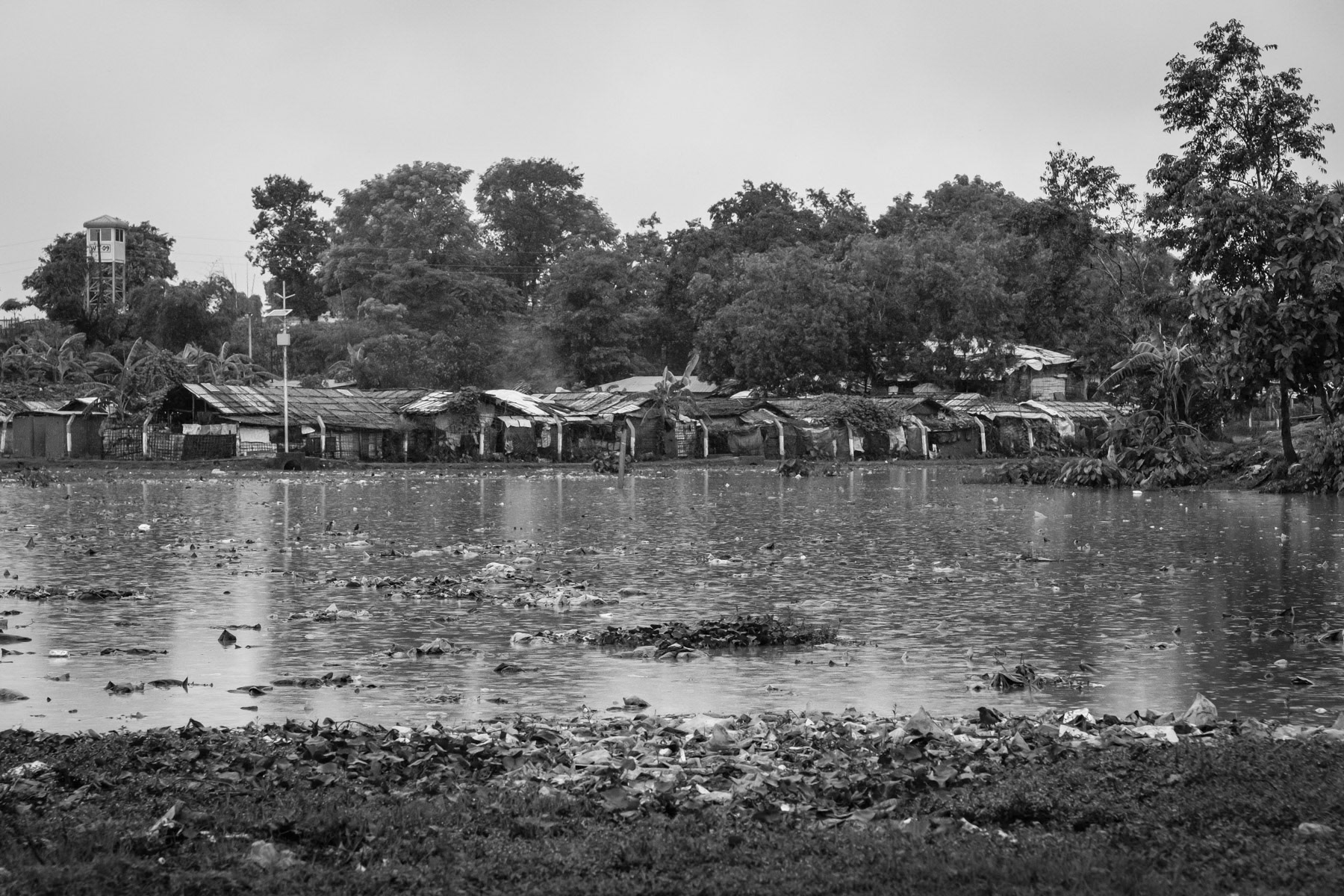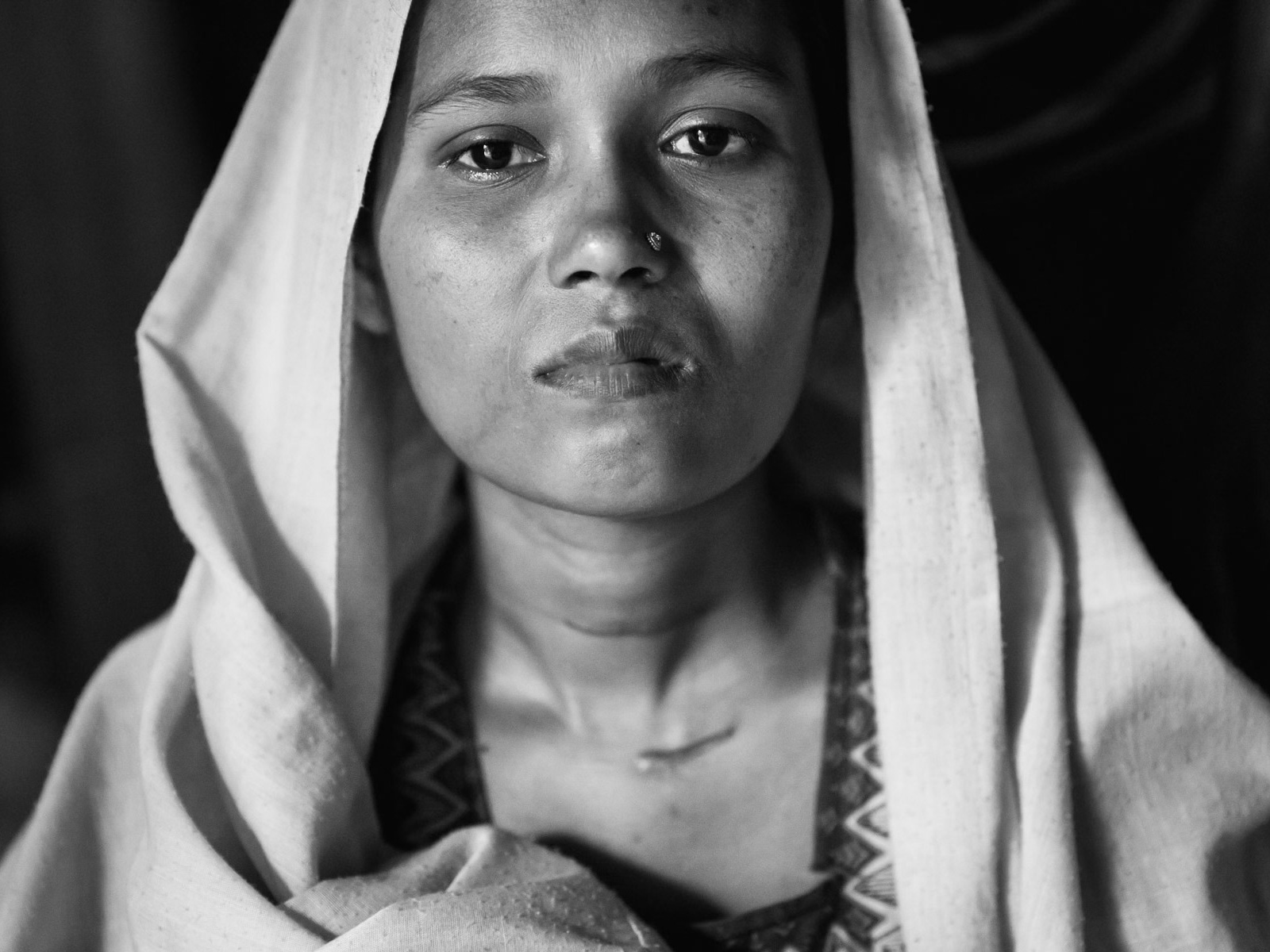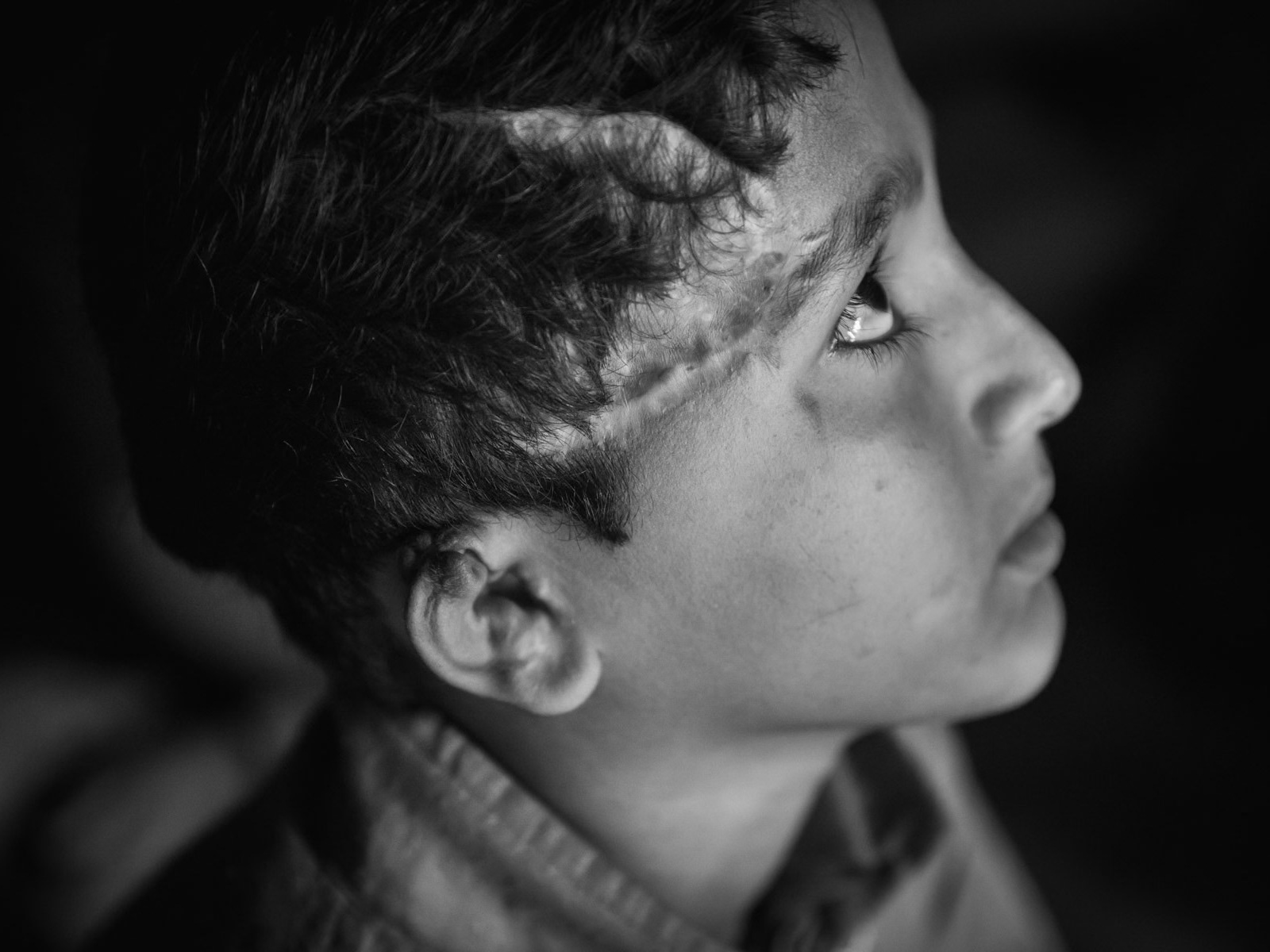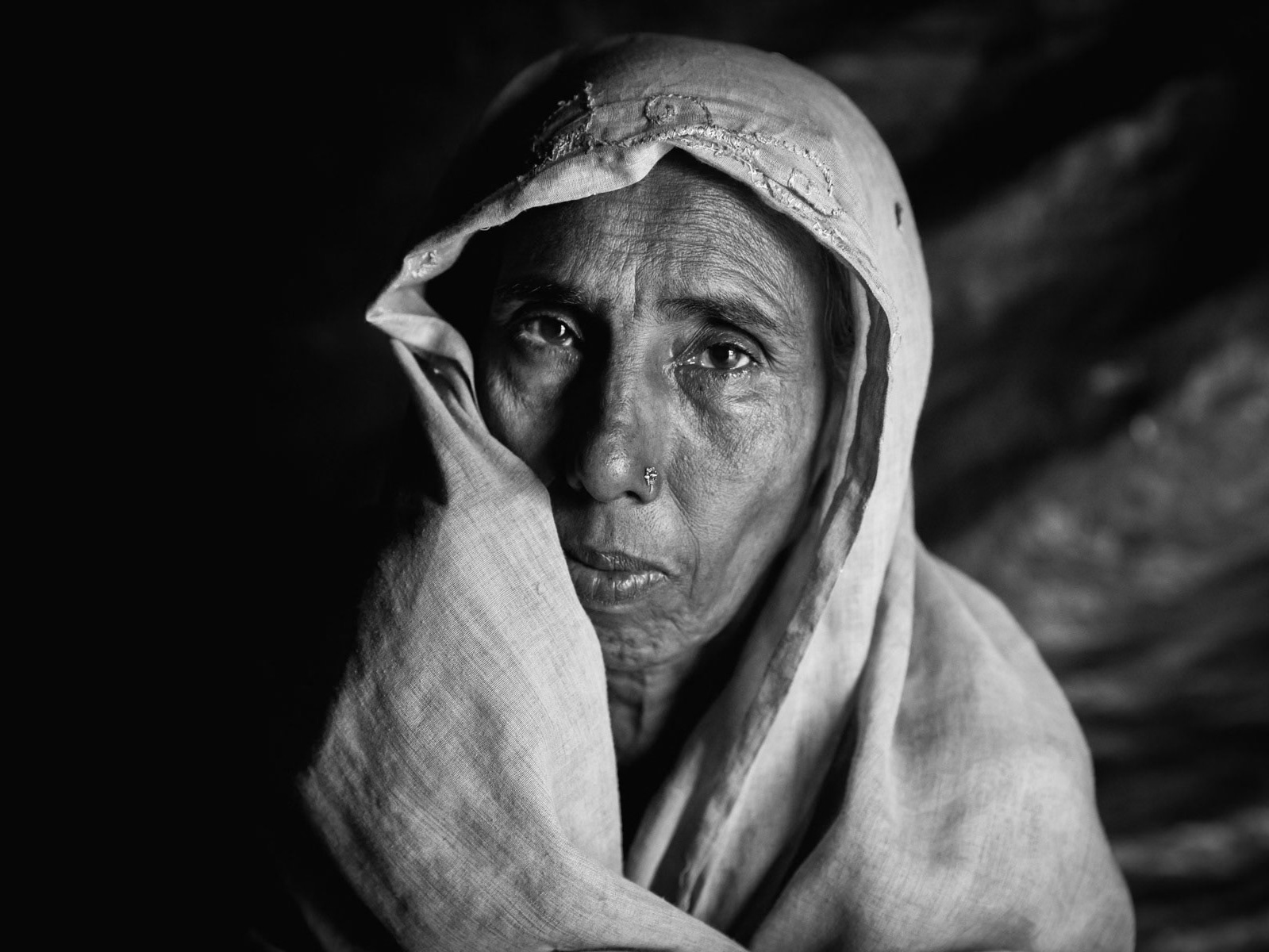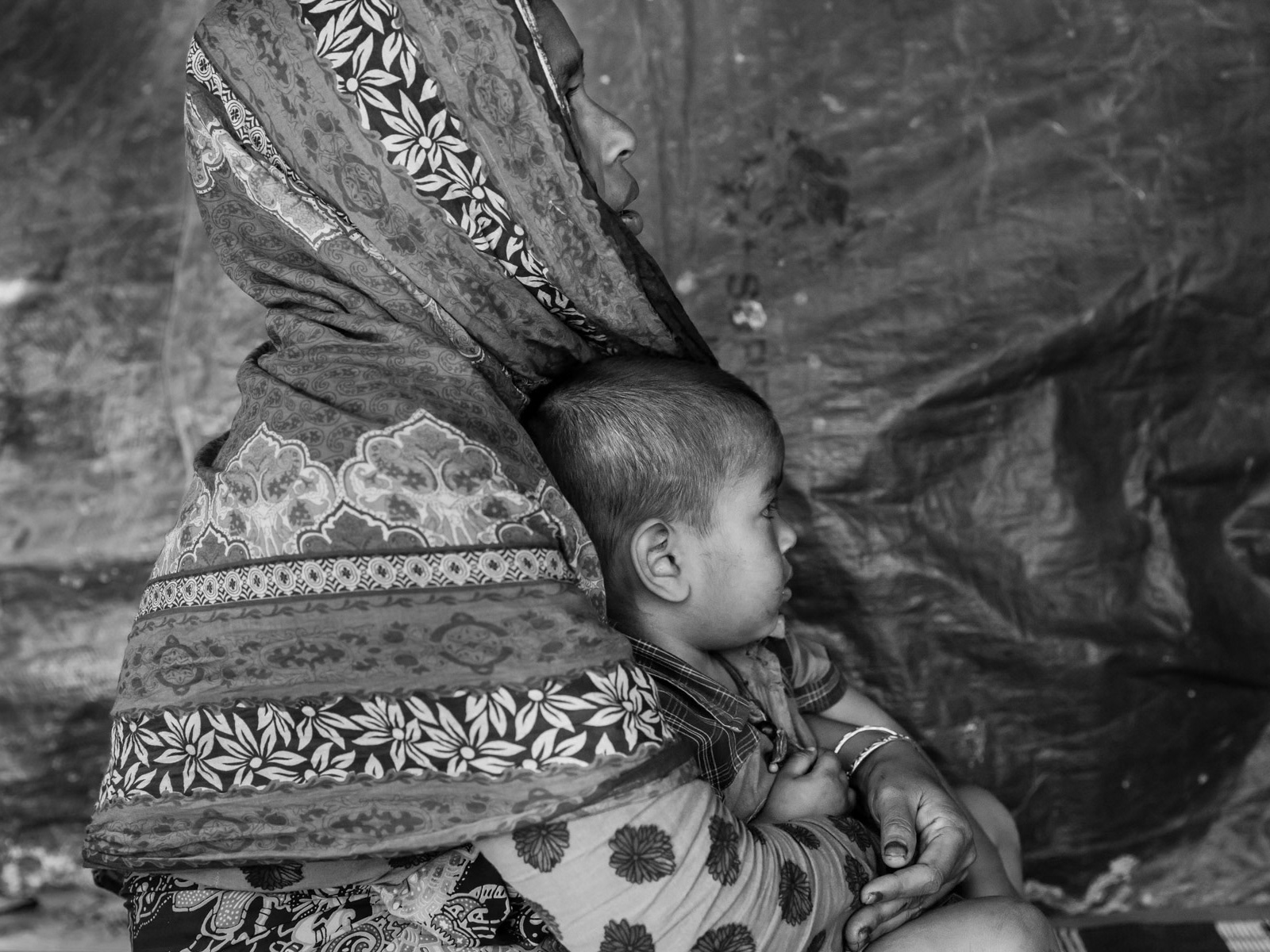The Rohingya people, five years after fleeing violent persecution in Myanmar, continue to endure dire conditions in refugee camps in Bangladesh. These camps, originally intended as temporary sanctuaries, have transformed into barbed-wire-enclosed enclaves, patrolled by watchtowers and marked by growing insecurity. While they offer some respite from the genocidal violence left behind, the Rohingya face a grim and increasingly dangerous existence.
Life in the camps has become a harrowing struggle. Over one million refugees, crammed into the sprawling settlements of Cox’s Bazar, contend with overcrowding, poor sanitation, and limited access to healthcare and education. While international aid initially flowed in, donor fatigue and global crises have led to funding shortfalls, exacerbating the plight of the refugees. Barbed wire fences symbolize the lack of freedom; the Rohingya cannot leave, even for work, making them entirely dependent on dwindling aid.
Violence within the camps has further eroded any semblance of safety. Criminal groups, including factions of the Arakan Rohingya Salvation Army (ARSA), operate with impunity, perpetrating violent crimes, assassinations, and human trafficking. These extremist groups also target human rights activists who advocate for justice and accountability, silencing voices that could shed light on their crimes and provide hope to the oppressed. Fear grips the community, as internal tensions and organized criminal activities worsen their already precarious circumstances.
Many refugees, particularly women and children, are highly vulnerable to exploitation. Traffickers prey on their desperation, promising escape but often leading to further victimization. The psychological toll is profound; survivors of the Myanmar military’s atrocities now endure ongoing traumas, compounded by the constant threat of violence and insecurity.
Despite these challenges, the Rohingya remain resolute in their demand for justice and a safe, dignified return to Myanmar. However, the road ahead appears bleak. With Myanmar's political crisis persisting and conditions in the camps deteriorating, the international community must redouble its efforts to address the Rohingya crisis. Failure to do so risks deepening their suffering and allowing impunity and insecurity to reign unchecked.

Hajru Amin now 16 years old is from Tula Tuli and fled to Bangladesh in September 2017 with his sister who had been shot in the leg. His parents were massacred when Tula Tuli was burned down in 2017. More than 5 years after the genocidal campaign orchestrated by Tatmadaw under the watch of the defunct civilian government, no one has been held accountable yet. Rohingya refugee camps in Cox's Bazar, Bangladesh, September 2022
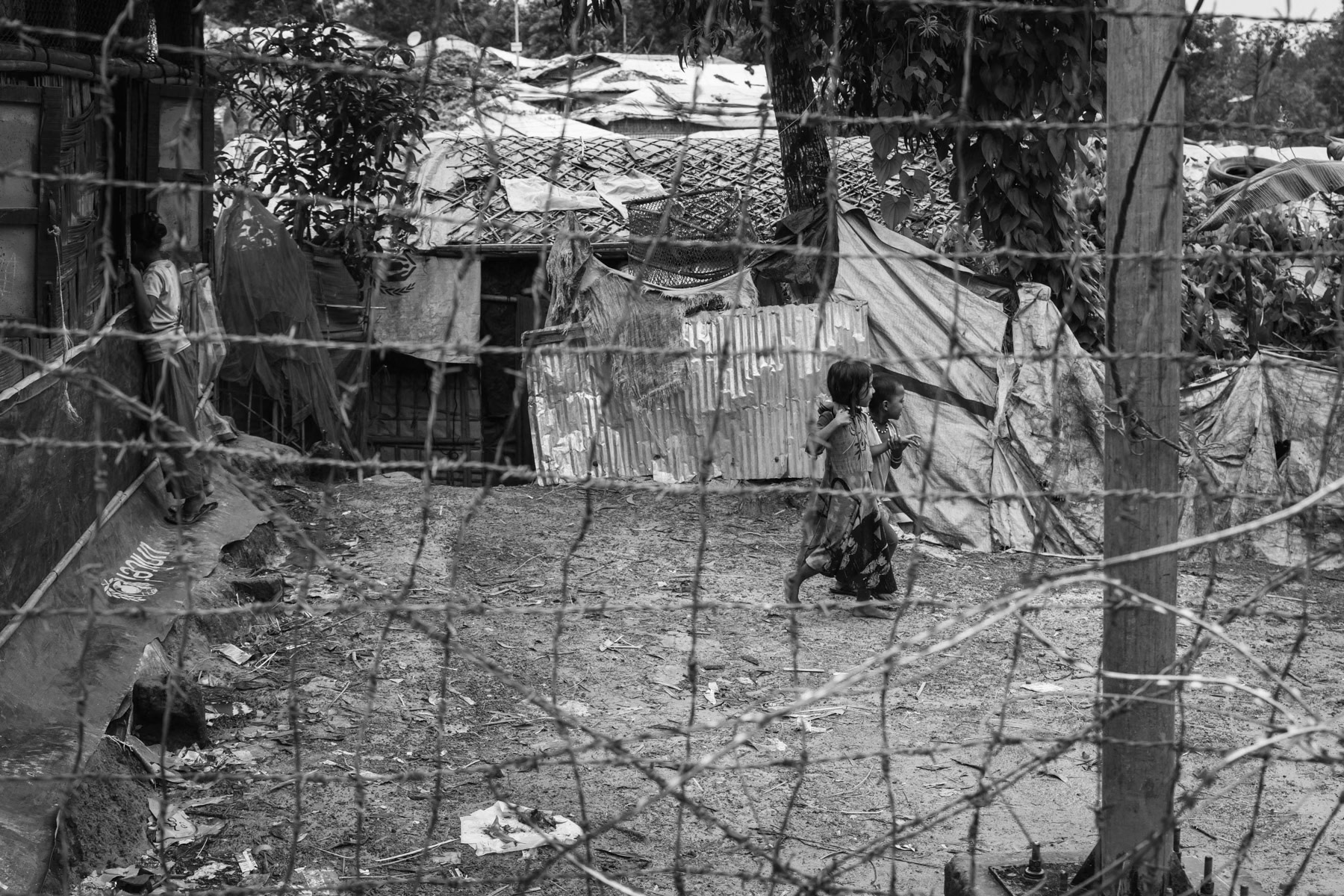
Fences, barbed wire and watch towers are surrounding the refugee camps making it very hard to reach clinics, stores and commodities located outside the camps. After living for more than 5 years in limbo it is very unreal to see any perspective of returning to their homeland or being re-settled in a third country for the growing population of over one million Rohingya refugees. Kutupalong refugee camp, Cox's Bazar, Bangladesh, September 2022
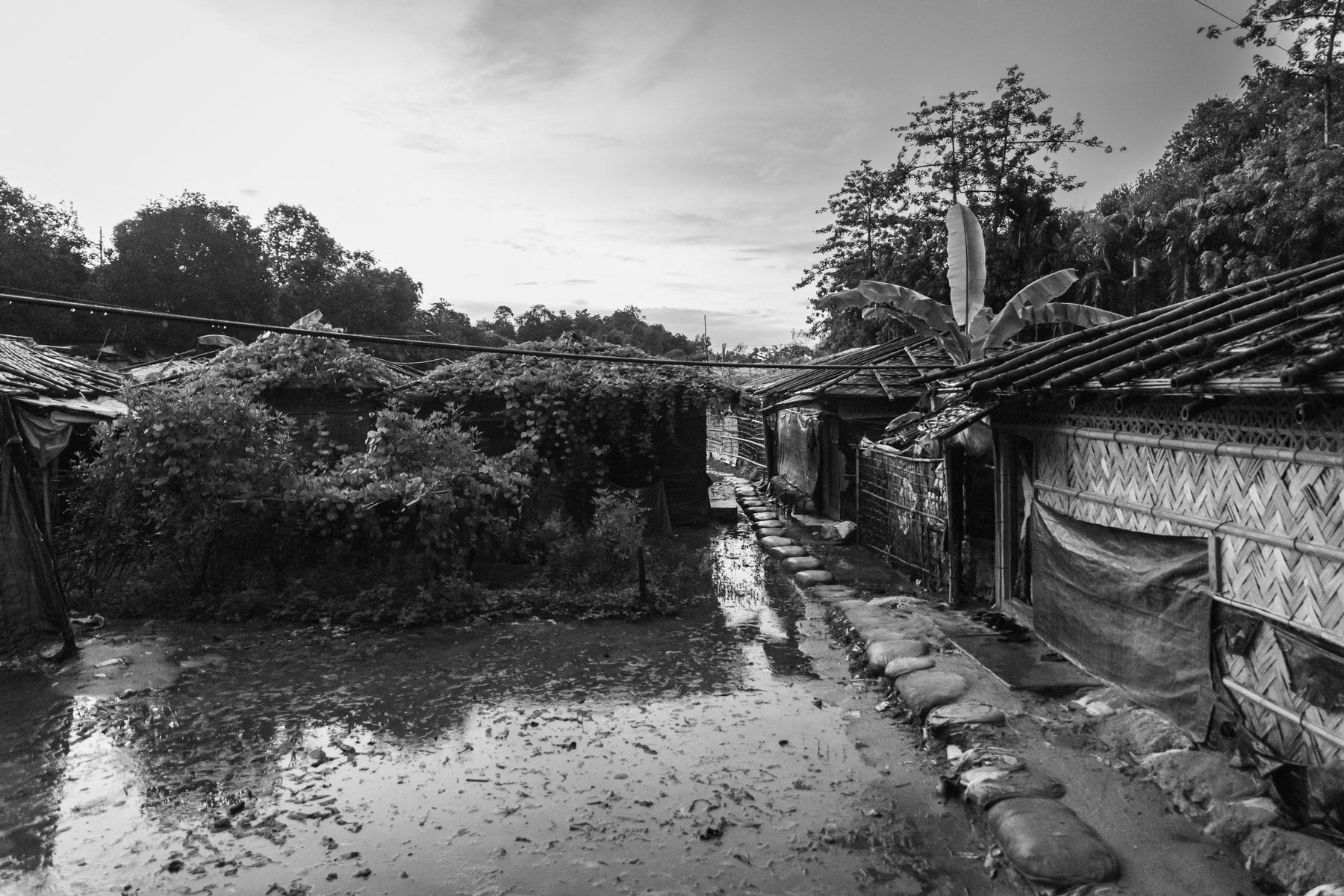
Rohingya refugee camp in Ukhiya where more than one million refugees live since the genocidal ethnic cleansing campaign of 2017 in neighbouring Myanmar. Five years after the massacres and mass exodus there is absolutely no perspective of re-settlement or repatriation. Freedom of movement has been restricted to the camps that are now fully sealed off with fences. Access to education and local schools has been denied, leaving a whole generation in limbo. Rohingya refugee camps, Cox's Bazar, Bangladesh, September 2022
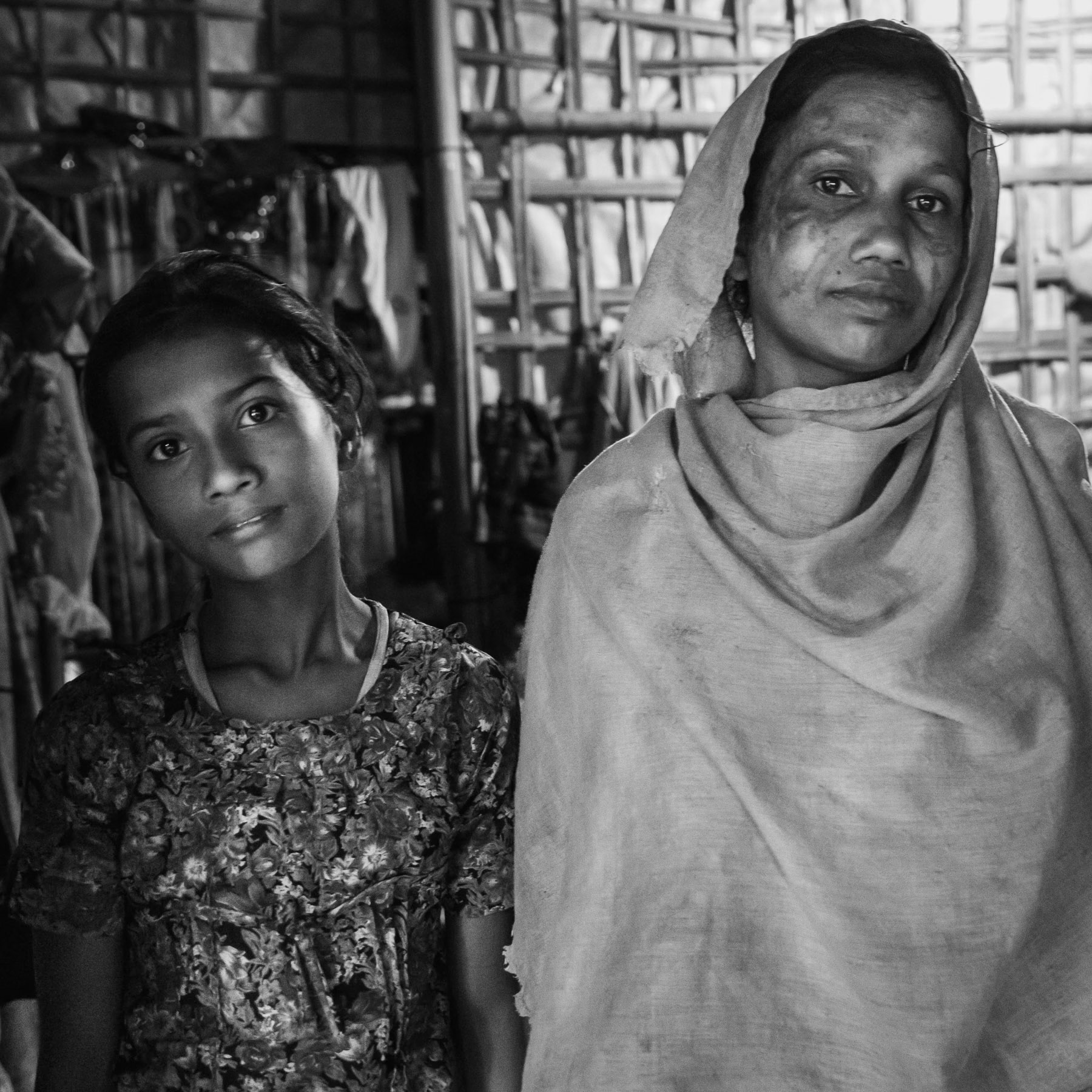
Momtaj Begum, 35 years old and her sole surviving child, Ruziya, 7 years old from Tula Tuli in Rakhine, Myanmar. Both were victims of atrocities committed by Tatmadaw, the Myanmar military back in 2017. I met them twice before in 2017 and 2018 when documenting the exodus of nearly one million Rohingya from their homeland. More than 5 years after the genocidal campaign orchestrated by Tatmadaw under the watch of the defunct civilian government, no one has been held accountable yet. Rohingya refugee camps in Cox's Bazar, Bangladesh, September 2022
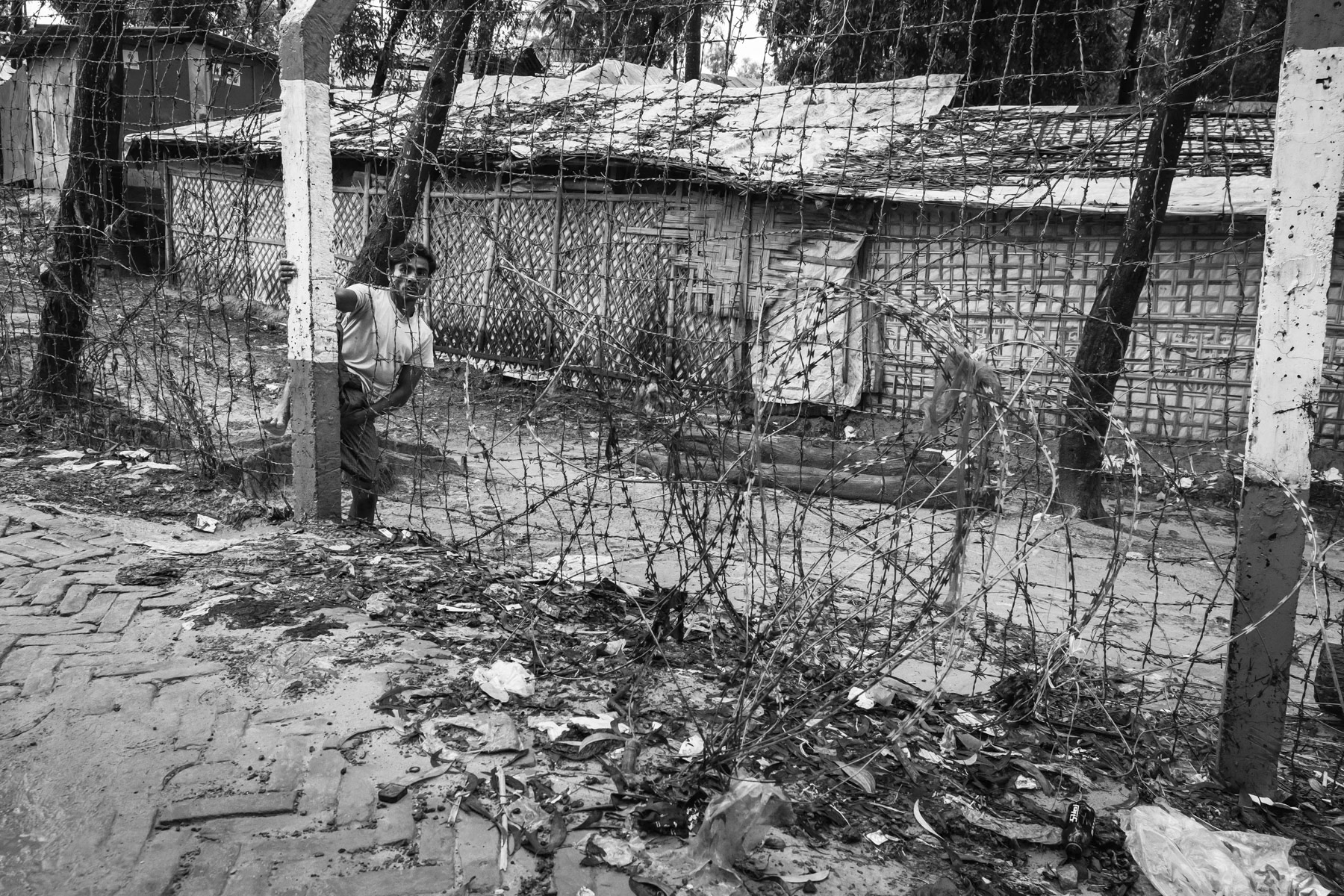
Rohingya refugee from Myanmar exiting a refugee camp. All the refugee camps for Rohingya have been sealed off with barbed wire fences and became de-facto like open-air prisons. Movements in and out the refugee camp area is heavily restricted. More than one million Rohingya refugees live in the camps with no perspective of return to their homeland or re-settlement in a third country. Kutupalong refugee camp, Ukhiya, Cox's Bazar, Bangladesh, September 2022
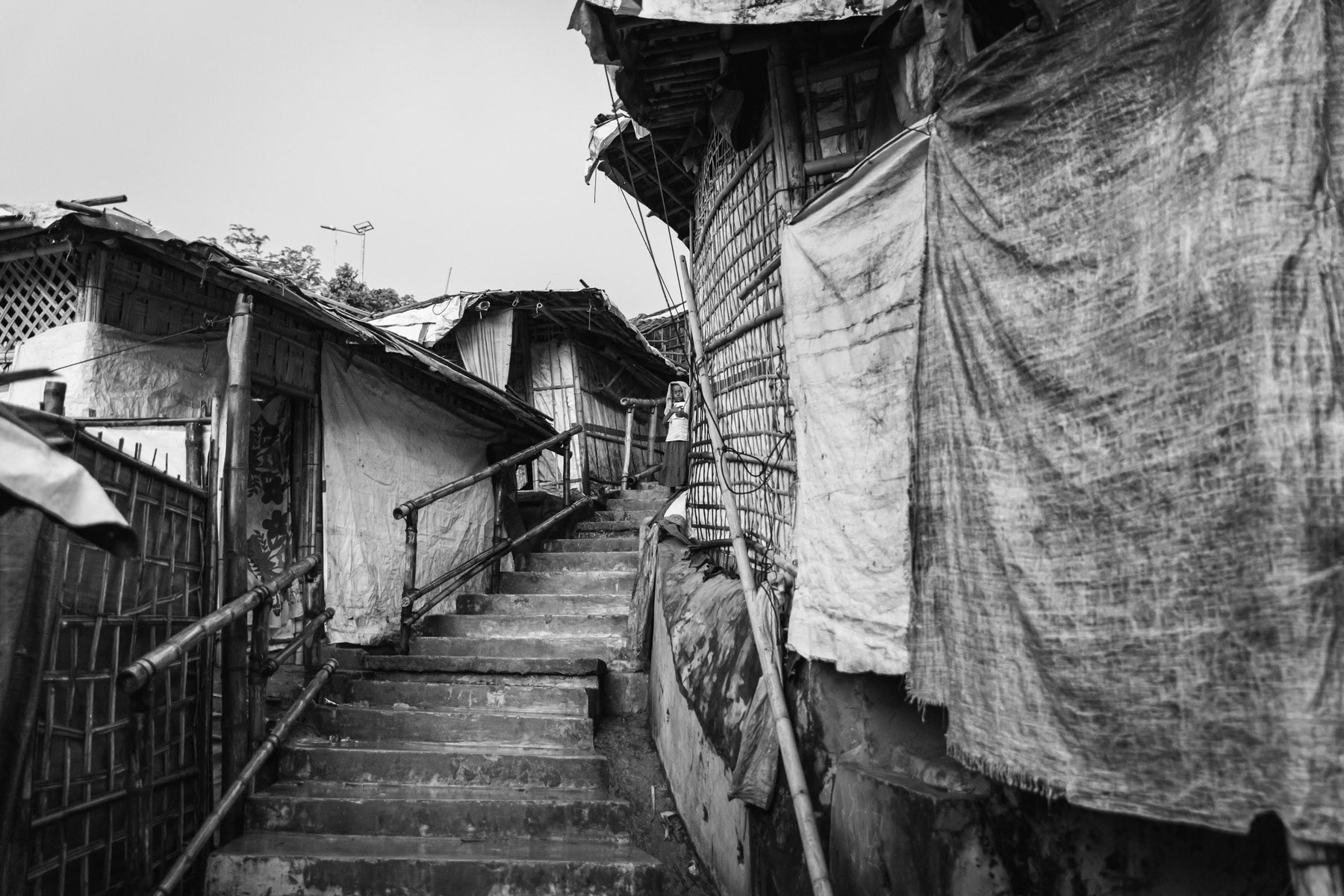
Rohingya refugee camp in Ukhiya where more than one million refugees live since the genocidal ethnic cleansing campaign of 2017 in neighbouring Myanmar. Five years after the massacres and mass exodus there is absolutely no perspective of re-settlement or repatriation. Freedom of movement has been restricted to the camps that are now fully sealed off with fences. Access to education and local schools has been denied, leaving a whole generation in limbo. Rohingya refugee camps, Cox's Bazar, Bangladesh, September 2022
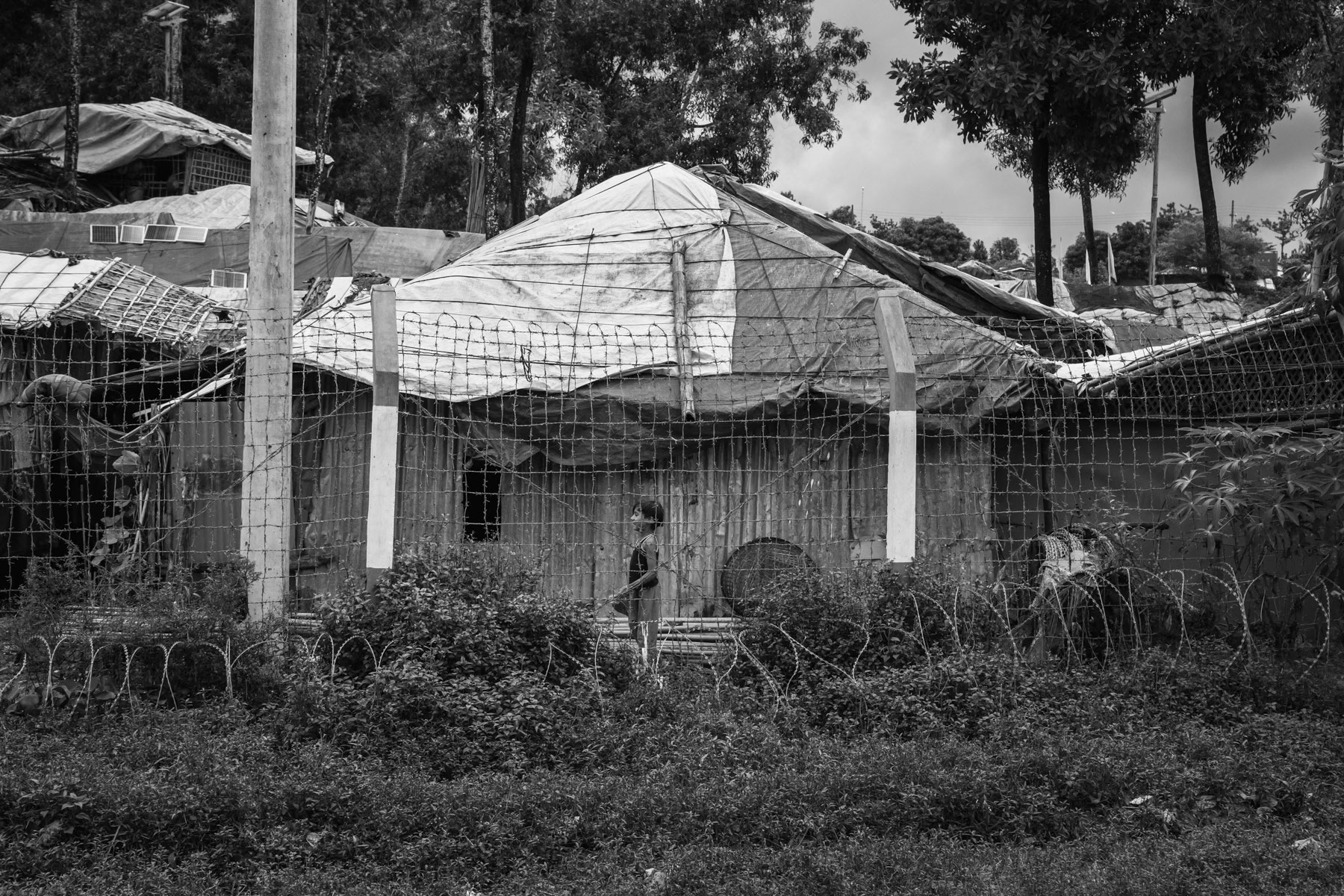
Fences, barbed wire and watch towers are surrounding the refugee camps making it very hard to reach clinics, stores and commodities located outside the camps. After living for more than 5 years in limbo it is very unreal to see any perspective of returning to their homeland or being re-settled in a third country for the growing population of over one million Rohingya refugees. Kutupalong refugee camp, Cox's Bazar, Bangladesh, September 2022
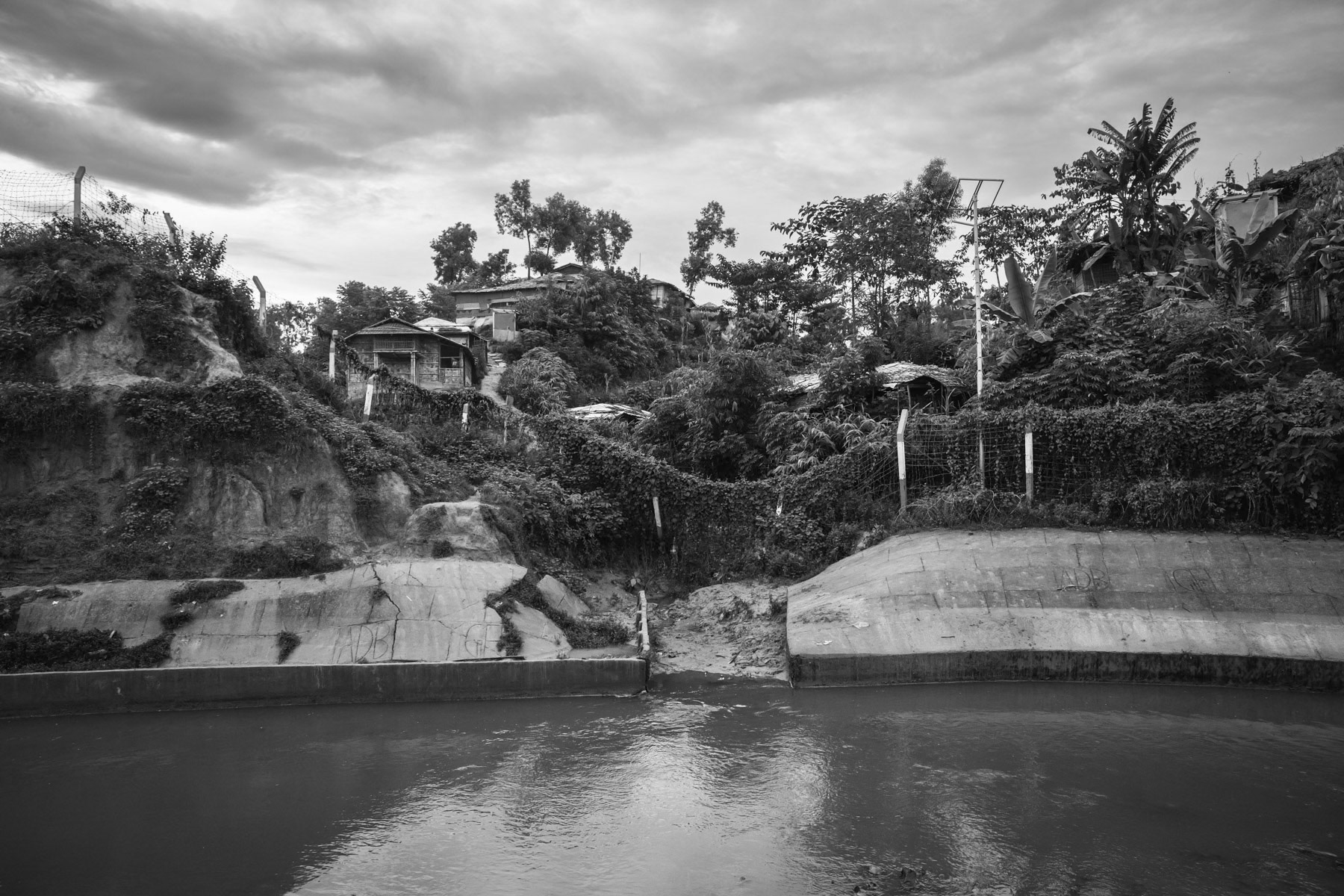
Rohingya refugee camp in Ukhiya where more than one million refugees live since the genocidal ethnic cleansing campaign of 2017 in neighbouring Myanmar. Five years after the massacres and mass exodus there is absolutely no perspective of re-settlement or repatriation. Freedom of movement has been restricted to the camps that are now fully sealed off with fences. Access to education and local schools has been denied, leaving a whole generation in limbo. Rohingya refugee camps, Cox's Bazar, Bangladesh, September 2022

Fences, barbed wire and watch towers are surrounding the refugee camps making it very hard to reach clinics, stores and commodities located outside the camps. After living for more than 5 years in limbo it is very unreal to see any perspective of returning to their homeland or being re-settled in a third country for the growing population of over one million Rohingya refugees. Kutupalong refugee camp, Cox's Bazar, Bangladesh, September 2022
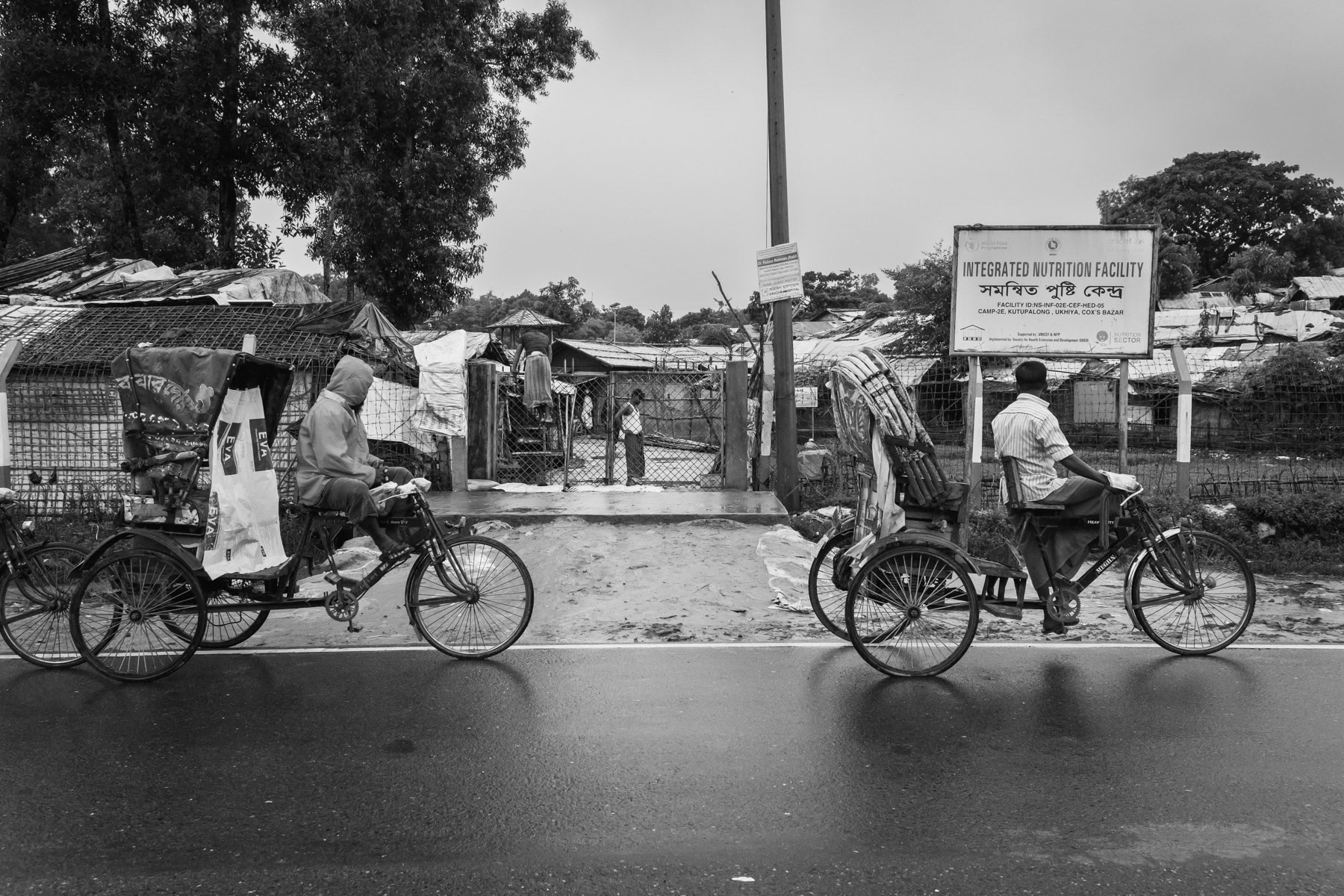
Rohingya refugee from Myanmar exiting a refugee camp. All the refugee camps for Rohingya have been sealed off with barbed wire fences and became de-facto like open-air prisons. Movements in and out the refugee camp area is heavily restricted. More than one million Rohingya refugees live in the camps with no perspective of return to their homeland or re-settlement in a third country. Kutupalong refugee camp, Ukhiya, Cox's Bazar, Bangladesh, September 2022
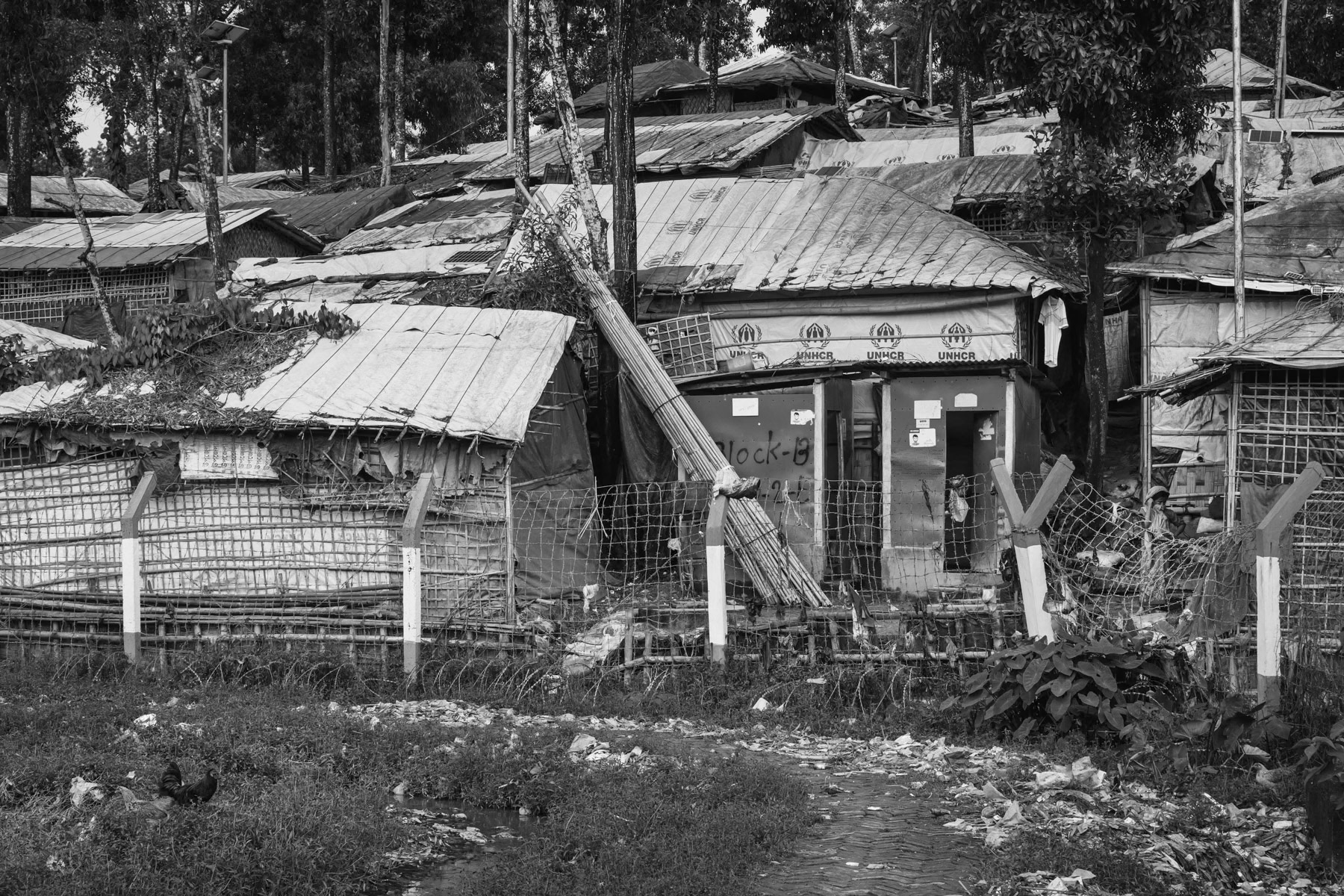
Fences, barbed wire and watch towers are surrounding the refugee camps making it very hard to reach clinics, stores and commodities located outside the camps. After living for more than 5 years in limbo it is very unreal to see any perspective of returning to their homeland or being re-settled in a third country for the growing population of over one million Rohingya refugees. Kutupalong refugee camp, Cox's Bazar, Bangladesh, September 2022
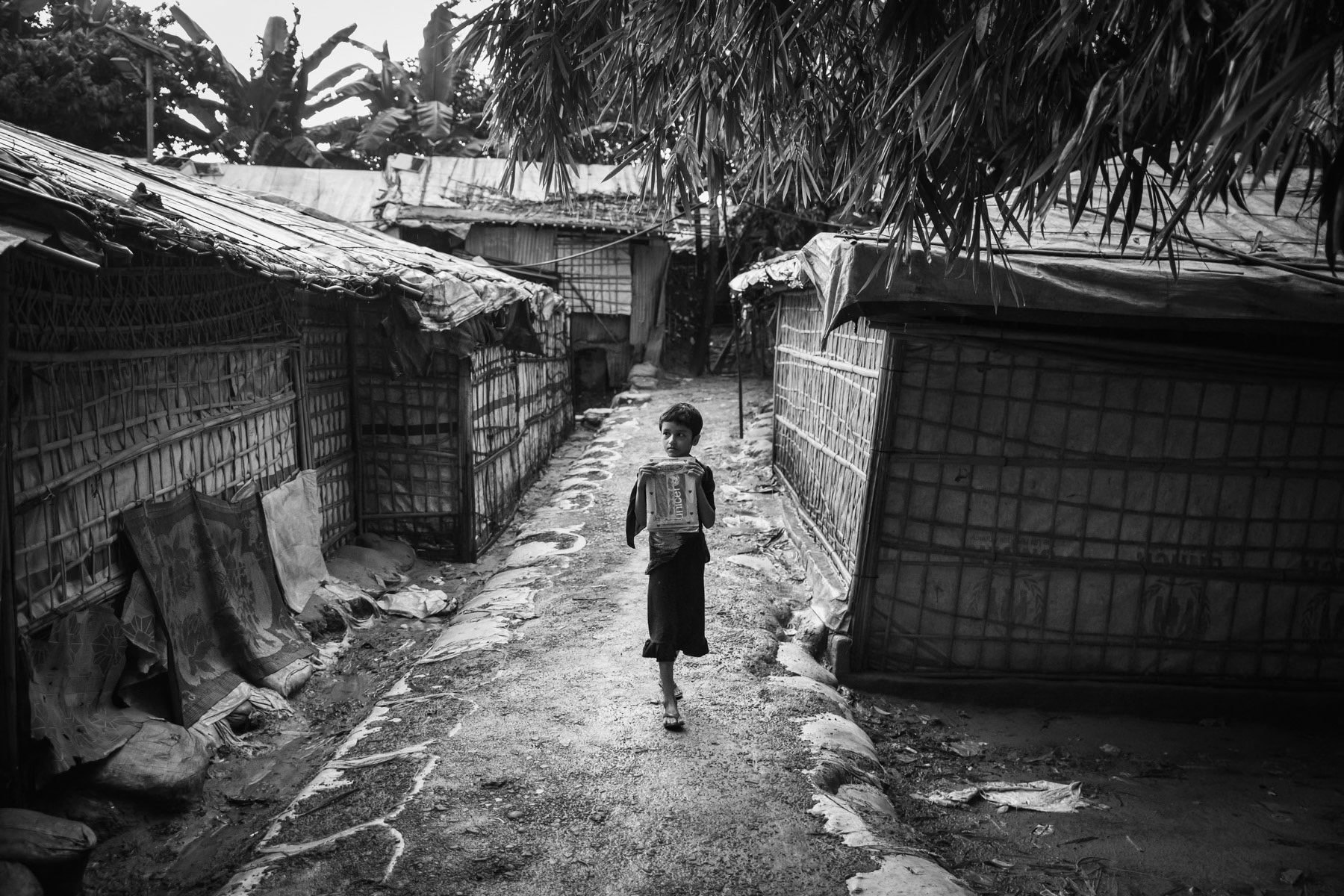
Rohingya girl going to the medresa, the religious school. Most other forms of education have slowly been suppressed and access to local schools is prohibited for Rohingya children. Kutupalong refugee camp, Bangladesh, September 2022

Rohingya refugee from Myanmar exiting a refugee camp. All the refugee camps for Rohingya have been sealed off with barbed wire fences and became de-facto like open-air prisons. Movements in and out the refugee camp area is heavily restricted. More than one million Rohingya refugees live in the camps with no perspective of return to their homeland or re-settlement in a third country. Kutupalong refugee camp, Ukhiya, Cox's Bazar, Bangladesh, September 2022
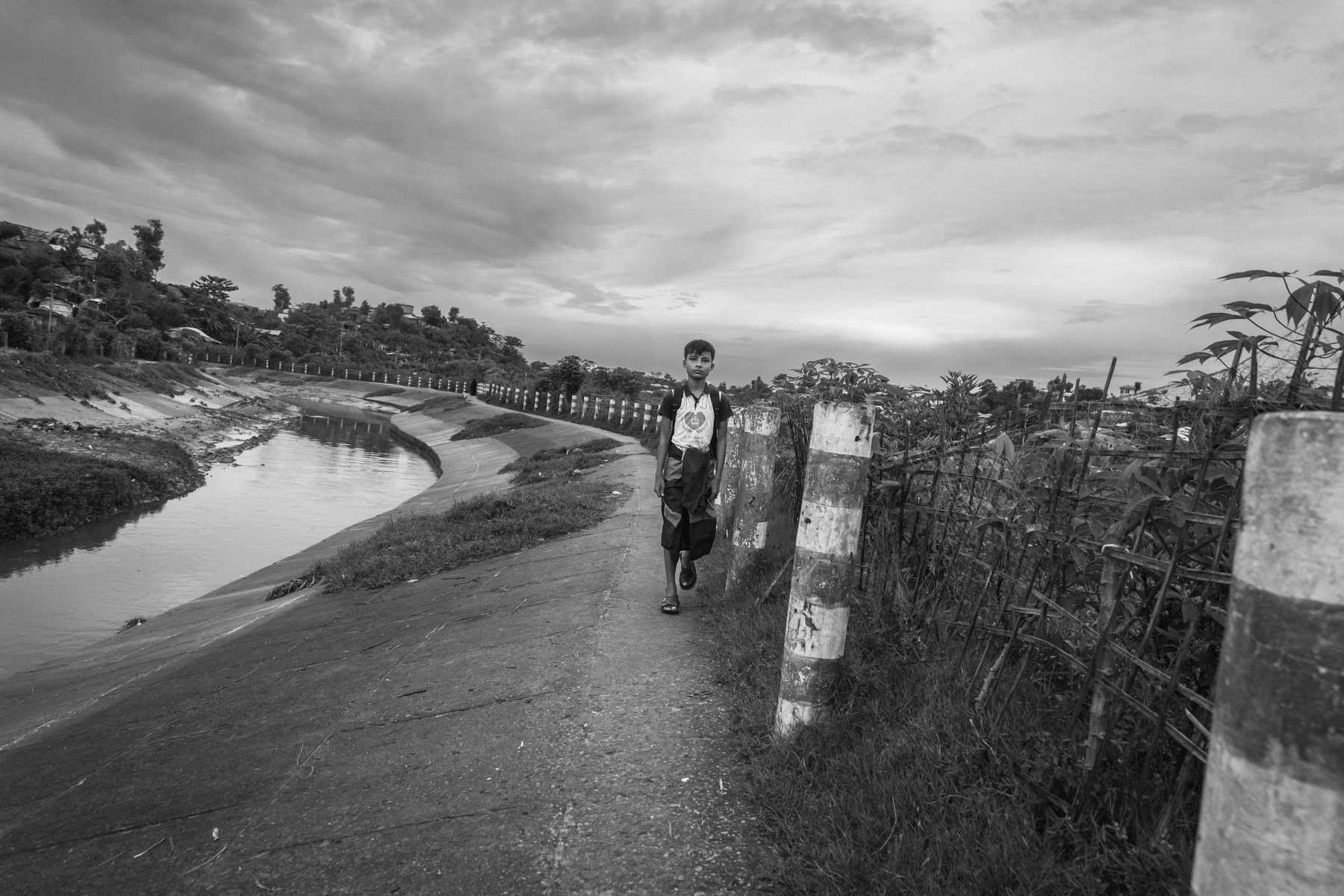
Rohingya refugee from Myanmar exiting a refugee camp. All the refugee camps for Rohingya have been sealed off with barbed wire fences and became de-facto like open-air prisons. Movements in and out the refugee camp area is heavily restricted. More than one million Rohingya refugees live in the camps with no perspective of return to their homeland or re-settlement in a third country. Kutupalong refugee camp, Ukhiya, Cox's Bazar, Bangladesh, September 2022

Fences, barbed wire and watch towers are surrounding the refugee camps making it very hard to reach clinics, stores and commodities located outside the camps. After living for more than 5 years in limbo it is very unreal to see any perspective of returning to their homeland or being re-settled in a third country for the growing population of over one million Rohingya refugees. Kutupalong refugee camp, Cox's Bazar, Bangladesh, September 2022
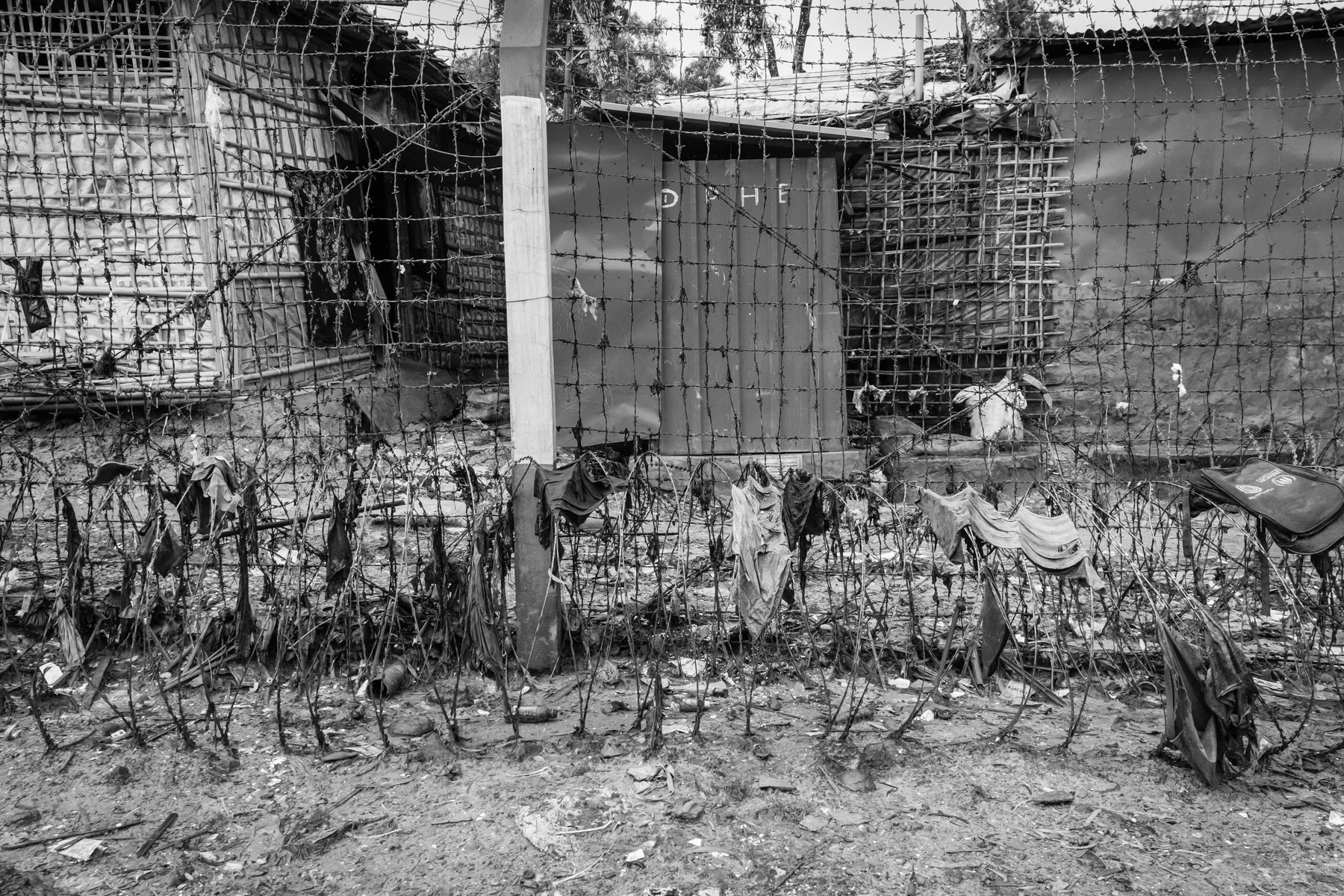
Fences, barbed wire and watch towers are surrounding the refugee camps making it very hard to reach clinics, stores and commodities located outside the camps. After living for more than 5 years in limbo it is very unreal to see any perspective of returning to their homeland or being re-settled in a third country for the growing population of over one million Rohingya refugees. Kutupalong refugee camp, Cox's Bazar, Bangladesh, September 2022
